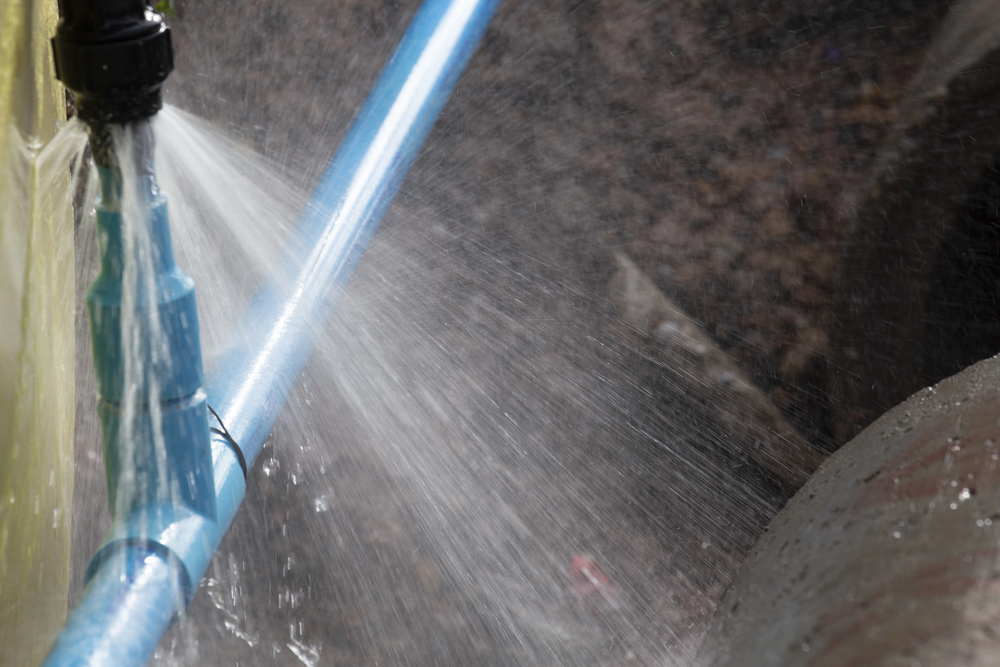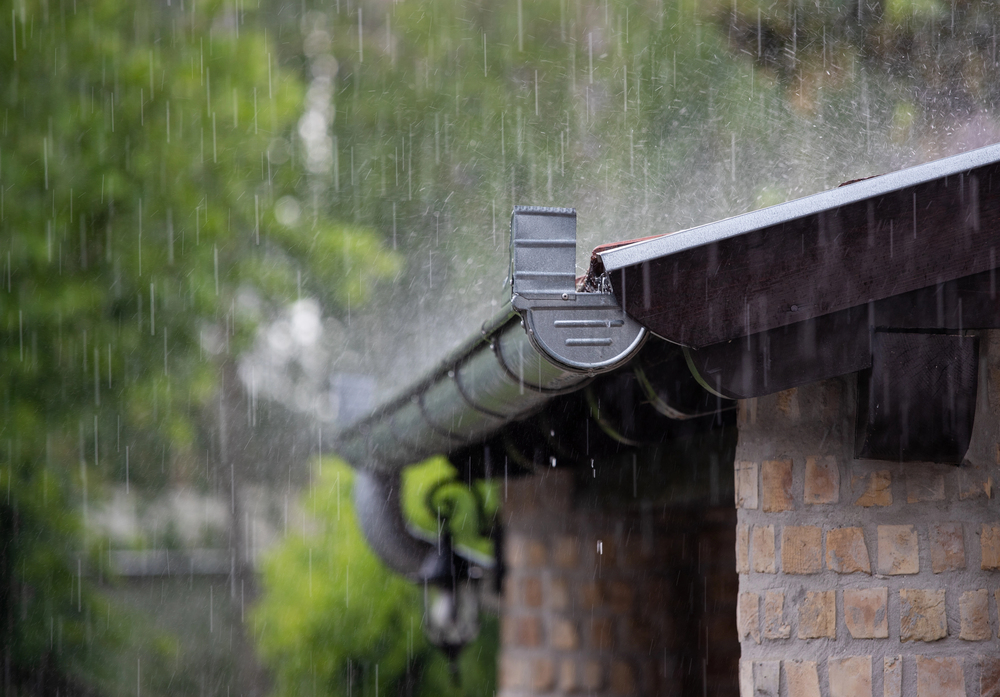Exterior French Drain Backup: Drain Coverage or Surface Water Exclusion?

A retail store experienced heavy rain that was more than the French drain in front of a garage door outside the building could handle. Water backed up into the building, damaging the contents. The field adjuster determined the water loss occurred from a clogged drain in a neighbor’s property 20 feet away, resulting in surface or flood water entering the insured’s building. Meanwhile, the insured’s plumber said that the interior water damage was a result of water backing up because the insured’s drains couldn’t handle the large amount of rainfall.
The insured does have $25,000 of backup of sewer and drain coverage. The water backup and sump overflow businessowners policy endorsement says:
A. We will pay for physical loss or damage to Covered Property, Covered under Section 1 – Property, caused by or resulting from:
-
-
-
- Water or waterborne material which backs up through or overflows or is otherwise discharged from a sewer or drain
-
-
However, the carrier denied the claim. In its email explaining the decision, it stated that, because the drain that backed up is outside of the building, the overflow would be considered surface water and therefore excluded. The carrier cited the court case Surabian Realty Company. v. NGM Insurance Company.
Q: Does the water backup and sump overflow endorsement provide coverage for an exterior French drain that backs up due to heavy rain? Or would this be considered surface water and be excluded?

📅Free Dec. 10 Webinar: Streamline Your Quoting Workflows
Response 1: We’ve dealt with this issue many times, and it all depends on exactly what the water was doing. The commonsense definition of “backup” is that the liquid must exit the building, hit an obstacle, turn around and come back. It’s the change of direction that tells the tale.
As you’ve explained it, the water came from the outside and ran into the building. That doesn’t sound like backing up to me, so I agree with the adjuster. The denial appears to be based on the fact that the drain that backed up was on the premises, but not in the building.
Response 2: Unfortunately, it appears that the consensus of the courts is that rainfall is surface water. The International Risk Management Institute commercial property insurance manual cites several cases:
- T.H.E Insurance Company v. Charles Boyer Children’s Trust
- State of North Dakota v. North Dakota State University
- Valley Forge Insurance Company v. Hicks Thomas & Lilienstern LLP
- Smith v. Union Automobile Indemnity Company
- State Farm Lloyds v. Marchetti
- Heller v. Fire Insurance Exchange
All of them state that surface water includes rainfall. The endorsement to the policy retains the surface water exclusion:
D. With respect to the coverage provided under this endorsement, the Water Exclusion in Section 1 – Property is replaced by the following exclusion:
Water
-
-
-
- Flood, surface water, waves (including tidal wave and tsunami), tides, tidal water, overflow of any body of water, or spray from any of these, all whether or not drive by wind (including storm surge)
-
-
Based on that, I believe the carrier is correct.
What Do the Experts Think?
Response 3: The declination stated that the cause of loss was a clogged drain on the neighbor’s property. That is important. While the plumbing invoice states the plumber didn’t find a clog, “jetter services”—meaning hydro-jetting, which uses high-pressure water to clear stubborn clogs, grease, roots and other debris from residential and commercial drains and sewer lines were provided. However, if this water came through the garage door, then that’s not covered.
This question was originally submitted by an agent through the Big “I” Virtual University’s (VU) Ask an Expert service, with responses curated from multiple VU faculty members. Answers to other coverage questions are available on the VU website. If you need help accessing the website, request login information.
This article is intended for general informational purposes only, and any opinions expressed are solely those of the author(s). The article is provided “as is” with no warranties or representations of any kind, and any liability is disclaimed that is in any way connected to reliance on or use of the information contained therein. The article is not intended to constitute and should not be considered legal or other professional advice, nor shall it serve as a substitute for obtaining such advice. If specific expert advice is required or desired, the services of an appropriate, competent professional, such as an attorney or accountant, should be sought.











